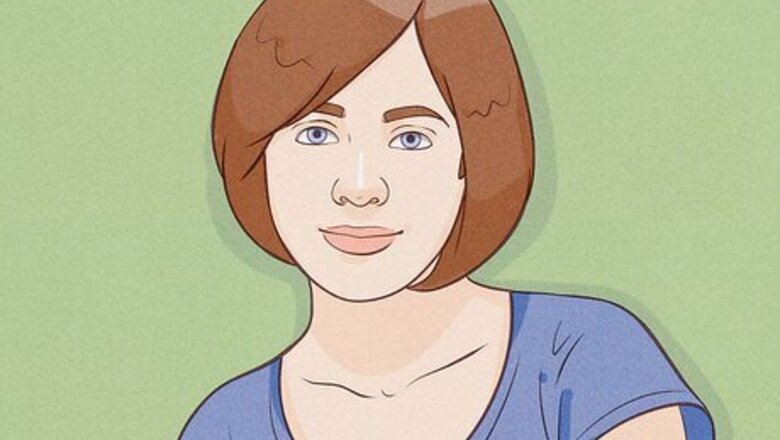
views
Changing Your Washing Habits
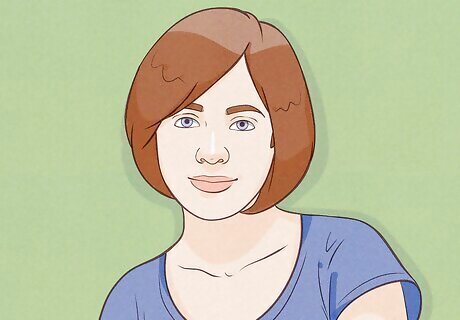
Know if you have the right hair texture and lifestyle. Certain hair types and lifestyles mean that you need to wash your hair more. If you have oily skin, thin and fine hair, exercise a lot, or live in a humid area, you probably find that you need to wash your hair often. People with curly, thick hair and normal to dry skin don’t have to wash their hair as often. You should keep this in mind when trying to achieve self-cleaning hair. You might have trouble getting your hair to adjust to no shampoo if you have to wash it often. Many people with short hair styles have had success with self-cleaning hair, so if your hair is very long or thick it might be more difficult or you might have a longer adjustment period.
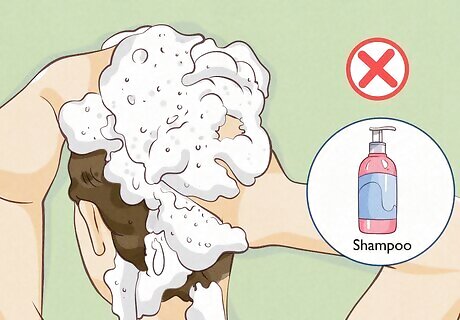
Stop using shampoo and conditioner. Shampoo is a detergent that strips your hair of its natural oils. If you stop washing your hair, it is possible it will adjust and your hair follicles will produce the correct amount of oil to not be greasy. Foaming agents in shampoo can also irritate your scalp and make your hair not as healthy as it can be.
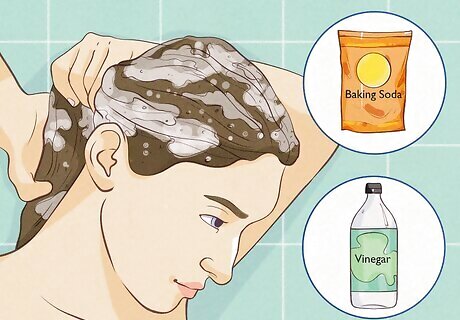
Start using baking soda and vinegar instead of shampoo. Add water to baking soda until it is a slightly gooey texture. The proportions are not an exact science. Instead, just mix the baking soda and water until you like the consistency. Store the mixture in a travel shampoo bottle. Wash your hair with this mixture instead of using shampoo. After you are finished, rinse your hair with 1-2 tablespoons of apple cider vinegar and around 1 cup of water. Pour the vinegar mixture over your head, rub it into your hair, then rinse it out with cold water. Use baking soda and vinegar instead of shampoo for at least two weeks.
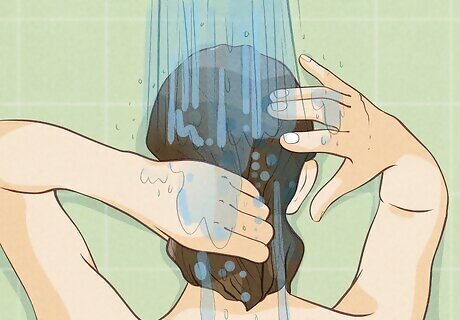
Wash your hair with just water. Thoroughly wash your hair with water every day to remove as much grime as you can. Use warm water at first to remove dirt and oil out of your hair. Finish off by rinsing with cold water to remove any buildup and make your hair shiny. Massage your scalp while you rinse your hair.

Maintain your hair. You will need to use only water to wash your hair for a few weeks. This might be difficult because your hair will get very greasy while it is adjusting. After you get through the weeks of having greasy hair, you can use shampoo alternatives (like baking soda and vinegar) once a week.
Getting Through the Initial Stage
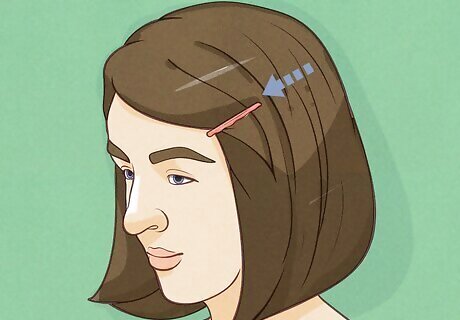
Be patient. There is going to be about four or five weeks where your hair is really greasy and brittle. This might be difficult to deal with, especially if you have bangs. It might be a good idea to pin your bangs back during this time. Try to be patient so you can see if your hair will get used to not having shampoo. Wear a hat, put your hair in a messy bun, or use a headband to cover your hair if you need to.
Brush your hair often. This is going to help get rid of grease on your scalp. Brush your hair a few times a day, but not too much or you will get split ends. Make sure to clean your brush often to remove the grease off of the brush.
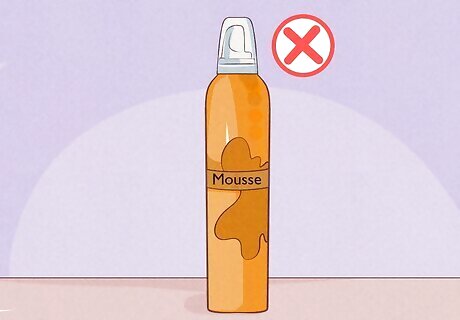
Avoid styling products. While your hair is trying to find its natural oil balance, don’t use hair products. Using gels, mousses, or styling products is going to mess up the process. Try to leave your hair alone while it adjusts to no shampoo.
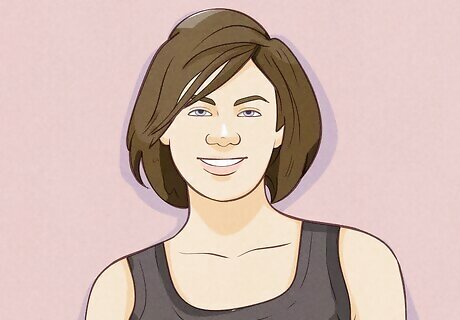
Be confident. Nobody is going to notice that you have not been washing your hair. If you feel weird about it, explain to people what you are doing. Many people find that their scalps adjust to not being shampooed, and that their hair is no longer greasy after a few weeks. Your hair might end up being the envy of your friends.
Using Shampoo Alternatives

Use a shampoo alternative once a week. After you make it through the few weeks of grease, start adding a shampoo alternative back into your hair care routine. Do this around once a week. Depending on your hair you might want to adjust this. If your hair is still getting too oily, use a shampoo alternative twice a week. For hair that is not getting very oily, use alternatives once every ten days.

Wash your hair with baking soda. Mix water and baking soda until it is a gooey texture. The proportions of baking soda and water do not matter. It is more important to get a consistency that you like. Lather the mixture into your hair and rinse it out.
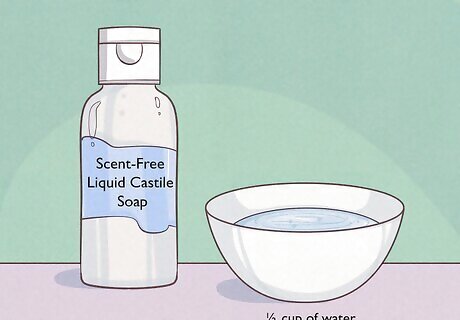
Use castile soap and oil. Instead of using shampoo, use a scent-free liquid castile soap (like Dr. Bronner’s). Mix ¼ cup of castile soap with a ½ cup of water. Add a few drops of essential oils such as peppermint oil and tea tree oil.
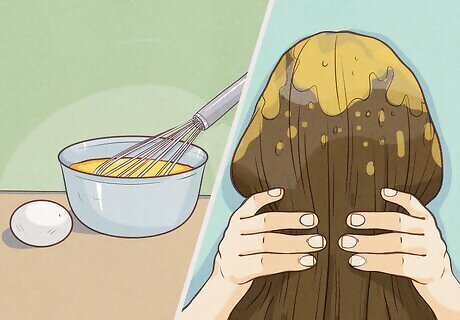
Wash your hair with an egg. Break an egg and whisk it in a cup. Pour the egg over your head and massage it into your scalp. Make sure to rinse it out with cold water, not warm water. If you try to wash the egg out with warm water, it will start to cook the egg into your hair.

Rinse your hair with apple cider vinegar. Mix one or two tablespoons of apple cider vinegar and a cup of water. Make sure to use apple cider vinegar, not white vinegar. Pour the vinegar mixture on your head and rub it everywhere, then rinse it out with cold water. Keep in mind that the scent of the apple cider vinegar can linger on your hair for sometime. If it bothers you, a leave-in conditioner may cover it.




















Comments
0 comment